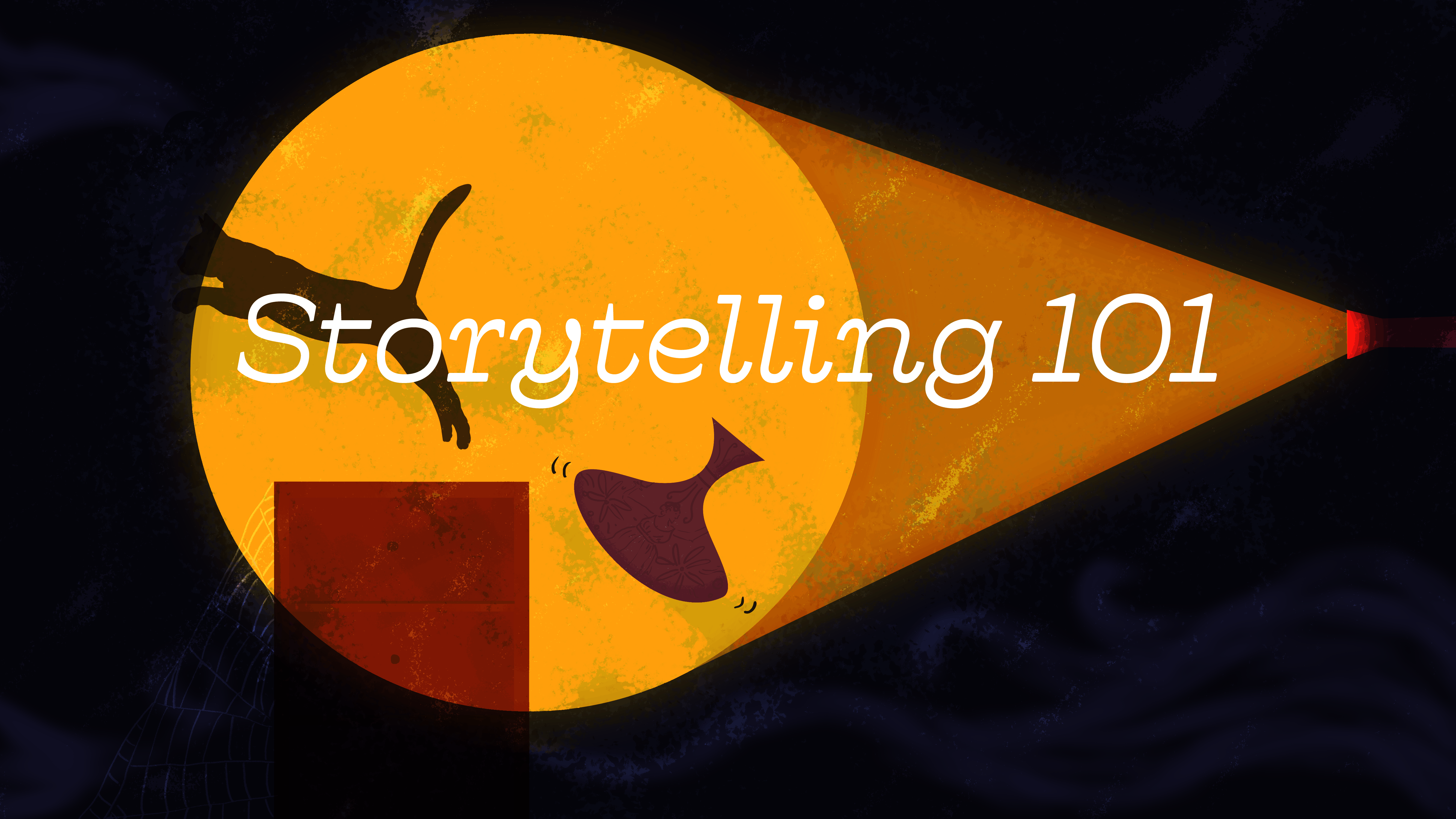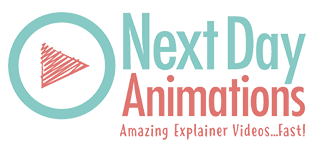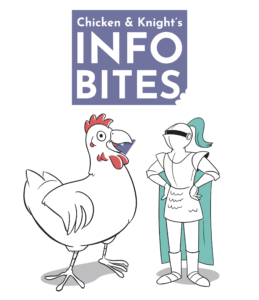
We’ve all seen a movie that was visually dazzling – sumptuous costumes! lots of explosions! exotic locales! – but had no actual plot. And why should we care about these characters, again?
While that formula seems to work well for Hollywood, we don’t recommend it for explainer videos. After all, you’re trying to explain your product, idea, service, or cause, not just entertain people with pretty graphics. Any explainer worth its salt has to have a strong script. The script is the framework on which everything else is built – the visuals, the voiceover actor’s mellifluous performance, the call for your audience to take action!
A solid script not only provides information, but tone and context. It communicates with words and emotions, helping your audience learn the information and form an opinion on it. Depending on how serious, somber, or wacky the subject is, a great script is highlighted by the images shown on the screen, often deepening the message. In other words, a strong script tells a compelling story.
So… how do we tell stories that people actually want to hear? Glad you asked!
Western story structure originated with a thinker and writer you may have heard of named Aristotle. He was a playwright, and he noticed that audiences responded more favorably to some plays over others. What did the successful plays have in common?
They followed a simple formula:
Act 1: Introduction (I can identify with these characters and situation) (25%)
Act 2: Complication (Tensions run high!) (50%)
Act 3: Resolution (All is right again) (25%)
2400 years later, we stick to the same formula. Because it works! It appeals to a paradigm that the audience already understands, brings in the pathos of a problem, and ends with a solution.
We’re also fans of using humor to get a point across (we have a lot of thoughts on that here.)
Have you ever wondered what makes something funny? So did Aristotle. And he came up with a short and sweet formula:
Humor = Known Paradigm + Surprise
Surprise can mean an unexpected angle on an old problem, but surprise can also look like honesty. Sometimes laughter comes from recognition rather than novelty.
OK, so let’s put it all together. A good story structure looks like this:
Introduction – Start in your audience’s worldview. For example, “The workplace has changed a lot over the last twenty years” or “You know environmental literacy is important…”
Problem – Focus on their pain. This might sound like “It’s hard to adjust to new ways of doing things” or “Navigating this system can feel impossible!”
Solution – Take their pain away. This is where you explain how your product, service, or solution will help them. We’ll often use phrases like “The good news is…” or “Introducing…”
This section leads right into your Call To Action (also known as your CTA). These sound like “Visit our website!” “Call now!” or “Sign the petition!”
Congratulations, you just graduated from Storytelling 101!
Whenever you’re ready to tell the story of your big idea, our professional scriptwriters, voiceover artists, illustrators, and producers are here for you.



